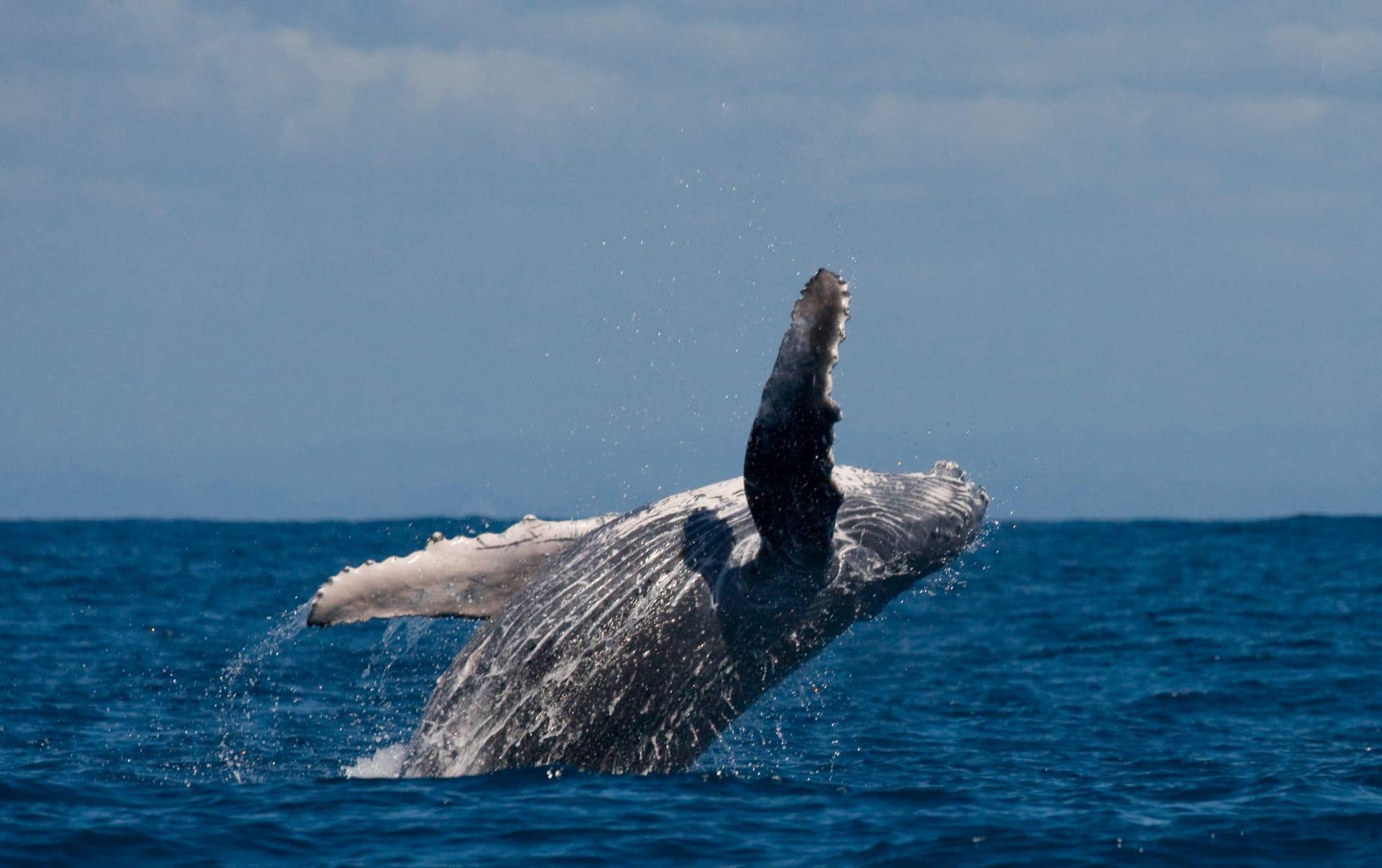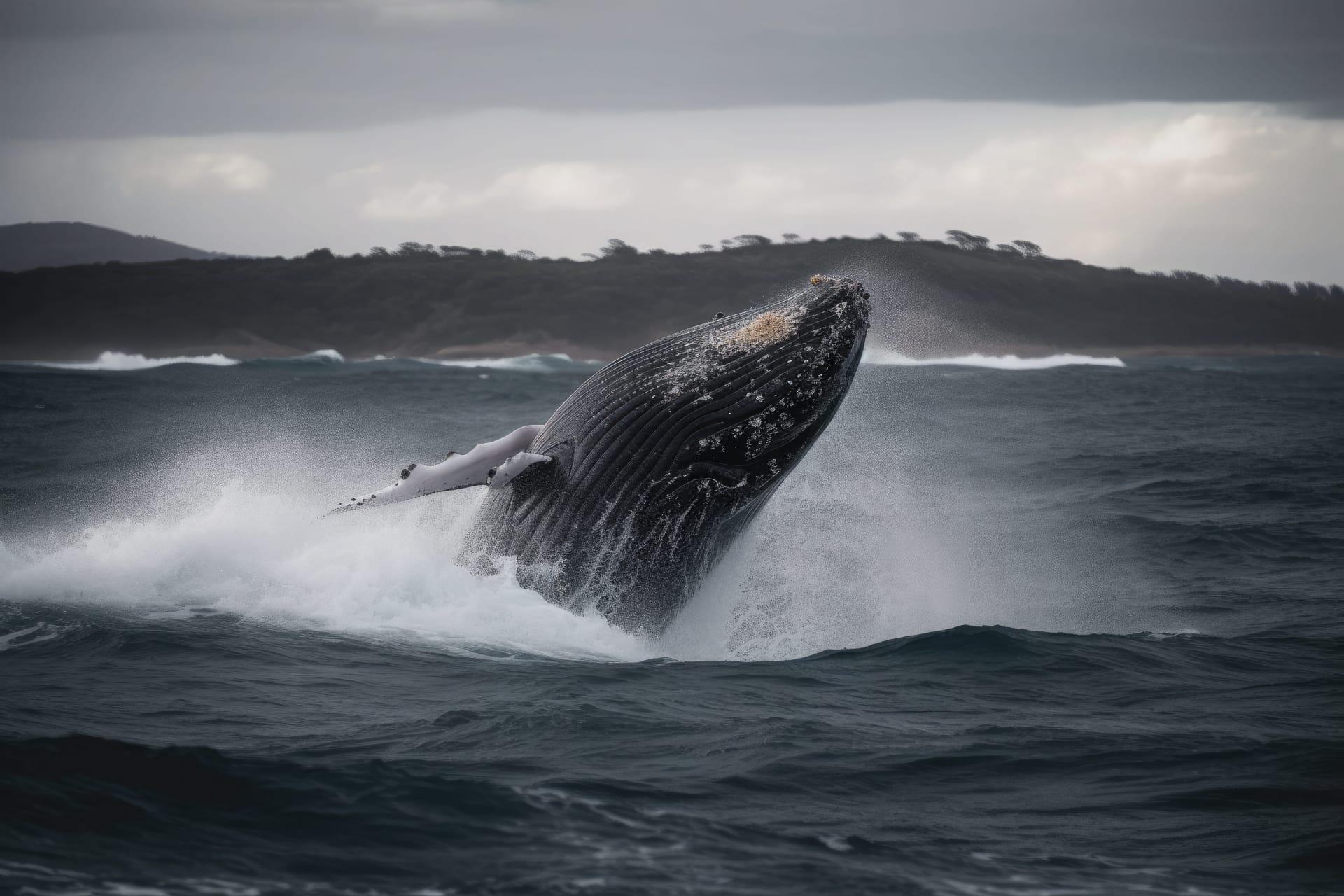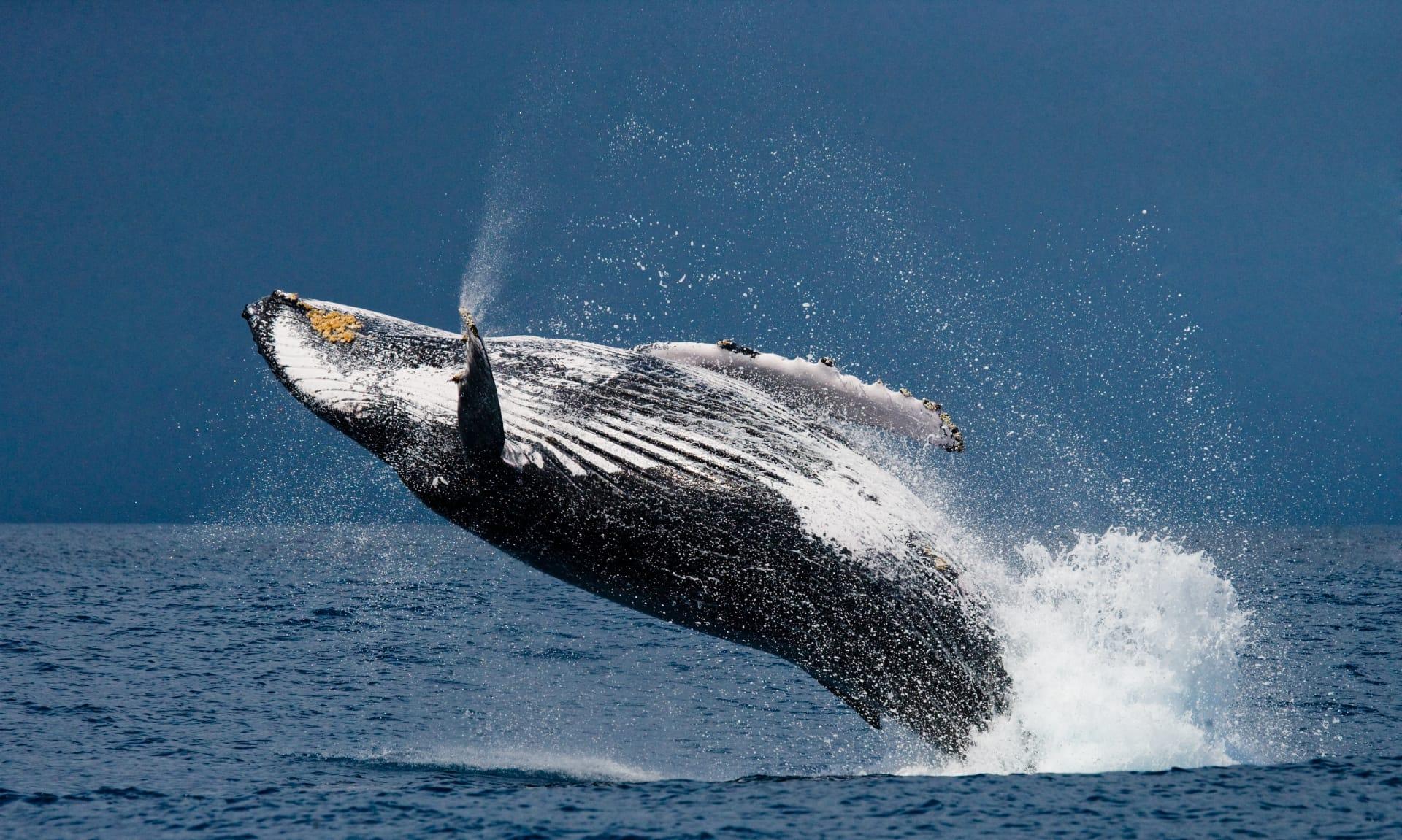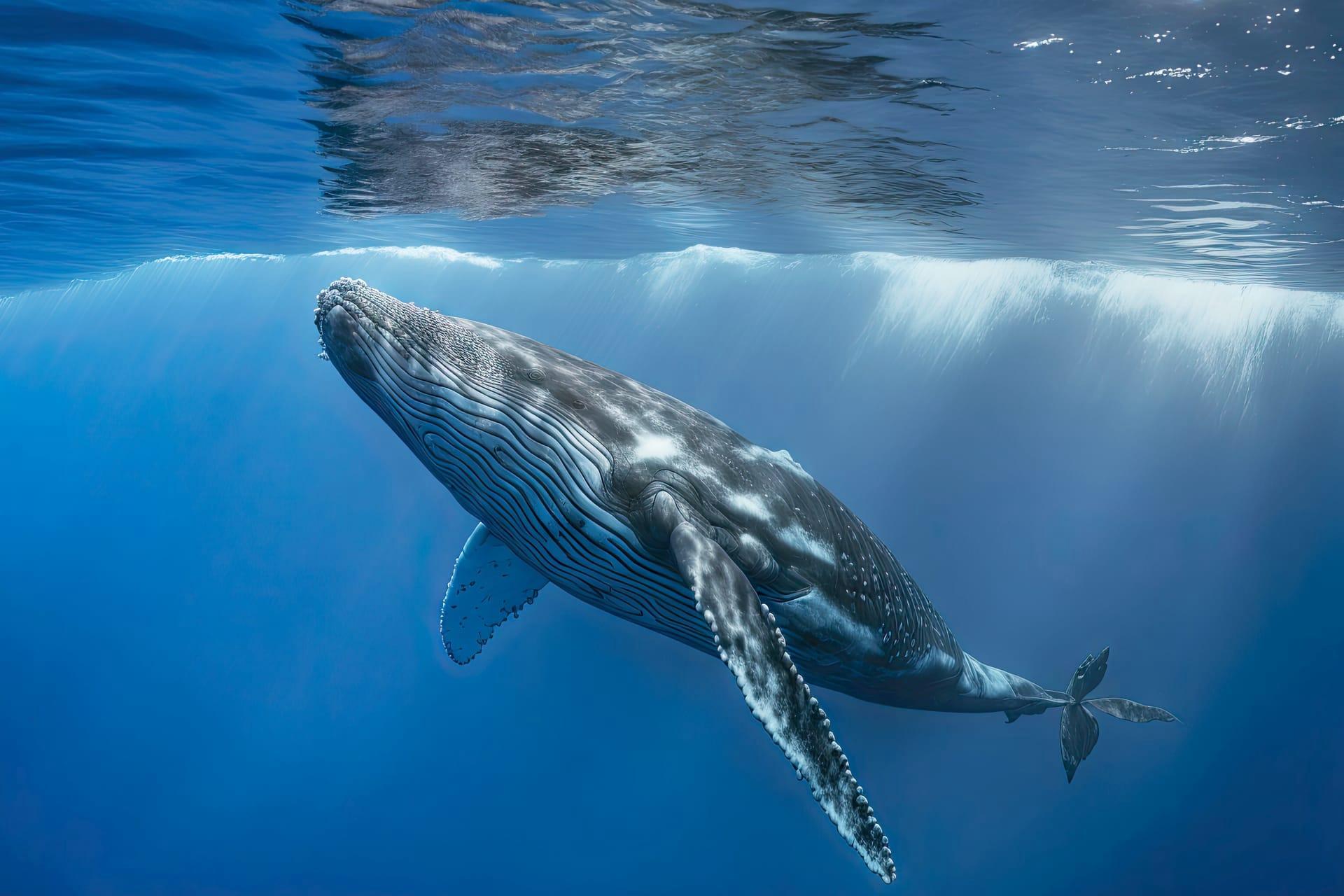Blue Whale Trivia
- Home /
- Trivia Question /
- Animal /
- Blue Whale Trivia
1
Question: How big can blue whales get?
Answer: Blue whales are the largest animals ever known to have lived on Earth. They can reach up to 100 feet (30 meters) in length and weigh as much as 200 tons (181 metric tonnes). Their heart alone can weigh as much as a small car, and their tongue can weigh as much as an elephant.
Question: What do blue whales eat and how much?
Answer: Blue whales primarily feed on tiny shrimp-like animals called krill. During feeding season, they can consume up to 4 tons (3,629 kilograms) of krill per day. They use a technique called lunge feeding, where they open their mouths wide and take in large volumes of water filled with krill, then push the water out with their tongues, trapping the krill on baleen plates.

2
Question: Do blue whales drink seawater?
Answer: Contrary to what some might think, blue whales do not drink seawater. They get their water from the food they consume. Krill contains a significant amount of water, and when blue whales consume tons of krill, they also get hydrated.
Question: Are blue whales the loudest animals on Earth?
Answer: While blue whales are among the loudest animals, they are not the absolute loudest. Their calls can reach up to 188 decibels, which can be heard over hundreds of miles underwater. However, the sperm whale holds the record for the loudest sound by an animal at 230 decibels.

3
Question: How long can blue whales live?
Answer: Blue whales have a surprisingly long lifespan. They can live up to 90 years, but the average lifespan is around 70 to 80 years. This longevity is quite remarkable considering their size and the energy required to sustain such a massive body.
Question: Do blue whales have any natural predators?
Answer: Given their immense size, adult blue whales have virtually no natural predators. However, young blue whales can fall prey to packs of orcas (killer whales). Despite their size, they are generally not aggressive and rely on their sheer size and speed for defense.

4
Question: How fast can a blue whale swim?
Answer: Blue whales are not just massive; they're also fast swimmers. They can reach speeds of up to 20 miles per hour (32 kilometers per hour) when they feel threatened or during migration. However, their usual cruising speed is about 5 miles per hour (8 kilometers per hour).
Question: How often do blue whales surface for air?
Answer: Blue whales need to surface to breathe, and they do so every 10 to 20 minutes. However, they can hold their breath for up to 90 minutes. When they surface, they exhale air explosively through their blowholes, creating a tall spout that can be seen from a great distance.

5
Question: Can blue whales communicate with each other?
Answer: Yes, blue whales communicate using a series of loud, low-pitched moans and whistles. These sounds can travel for vast distances underwater. Scientists believe these vocalizations are used for navigation, to attract mates, or to communicate with other whales, perhaps even over hundreds of miles.
Question: What is the impact of human activities on blue whales?
Answer: Human activities have significantly impacted blue whales. Historically, they were nearly hunted to extinction for their blubber. Today, they face threats from ship strikes, entanglement in fishing gear, and the effects of climate change on their food sources. Conservation efforts are in place to protect these magnificent creatures and their habitats.